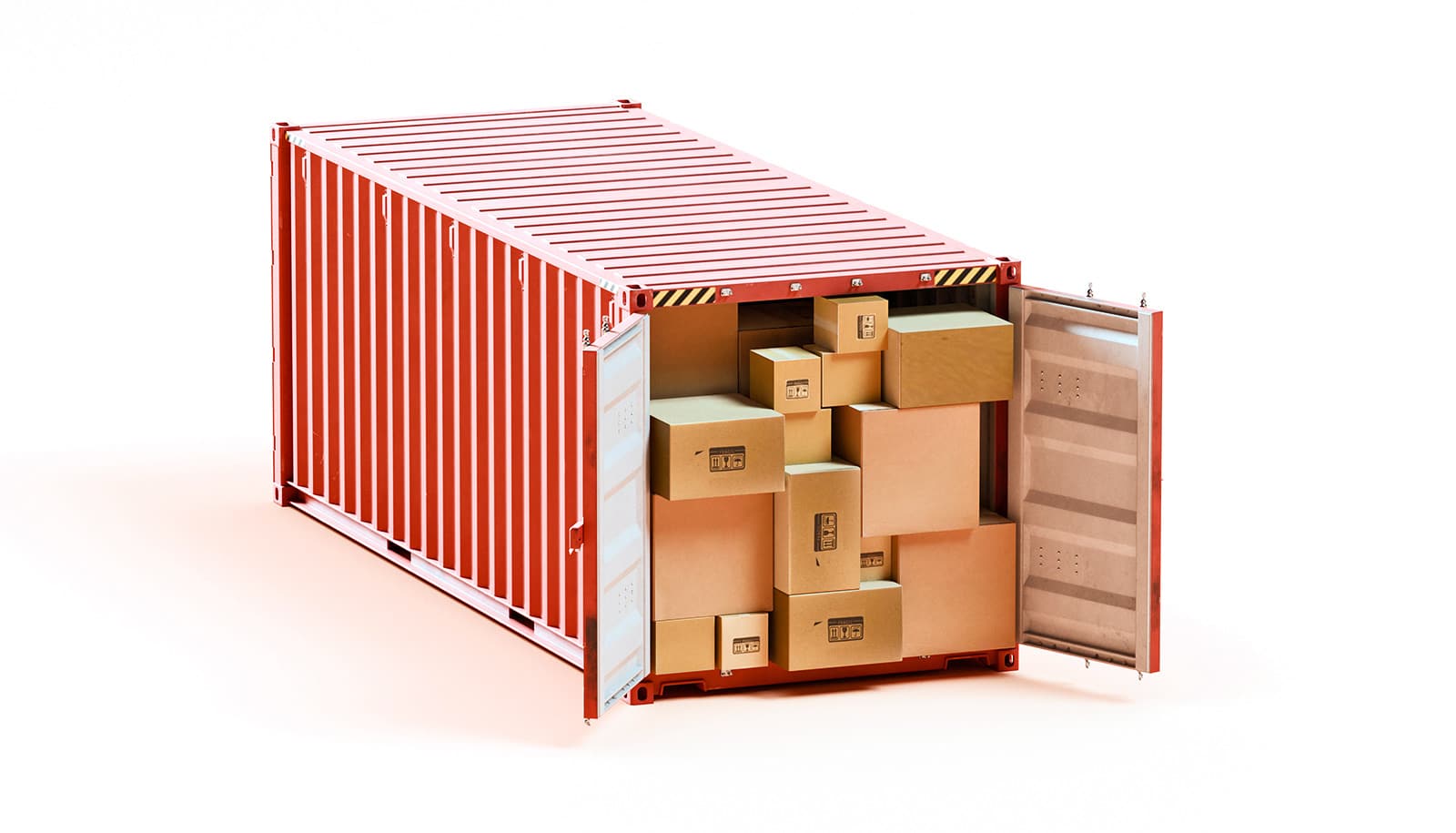Are tariffs good or bad for the economy? New research says they can be bad for the supply chain.
Tariffs have experienced a major renaissance over the last five years, at home and abroad.
In the US, where the political divide seems to widen by the hour, something of a consensus has formed on this traditionally divisive issue. President Joe Biden has extended many of the levies, though not all, imposed during President Donald Trump’s administration while also authorizing new tariffs.
If re-elected, Trump plans to implement a 10% tariff on all imported goods, 60% on goods from China. On the campaign trail, Vice President Kamala Harris has said the proposed Trump tariffs would act as a “sales tax” on American families, however she has not specified whether she would extend the Biden tariffs if elected president. On her campaign website she vows to continue supporting “American leadership in semiconductors, clean energy, AI, and other cutting-edge industries of the future,” while addressing “unfair trade practices from China or any competitor that undermines American workers.”
In a new study in the journal Journal of Purchasing and Supply Management, Sina Golara, assistant professor of supply chain and operations management at Georgia State University’s Robinson College of Business, and coauthors from Colorado State University, Arizona State University, and Kuwait University, urge politicians to exercise caution when it comes to tariffs.
Golara and coauthors acknowledge the levies can produce temporary benefits but assert that the long-term impact on the global flow of products is often overlooked and regularly misunderstood.
Rationales vary for the recent spate of tariffs, the study found, from protecting intellectual properties proactively to responding in retaliatory ways against rogue actors like Russia, subject to bans on oil imports and exports ever since its invasion of Ukraine.
“While tariffs can provide some protection to certain industries, they can also create inefficiencies for the industries they were designed to protect, as well as for their supply chain partners,” the study concluded.
Focusing on the implementation of tariffs by the US in 2018, Golara and his colleagues traced “an overall negative impact” on firm value that led to a decrease in the value of domestic producers within the protected industries. The financial impact on firms in their supplier and customer industries was mixed.
“These findings demonstrate the ripple effect of unintended consequences that tariffs can lead to throughout supply chains, motivating further theoretical development and informing trade policy,” the study asserts.
While tariffs may provide short-term relief and, perhaps, a psychological lift to the public, they prevent companies from addressing the problems that led to market inequities in the first place, Golara says. Innovation suffers.
“A painkiller doesn’t address the problem,” he says. “It’s just a temporary solution.”
Economists have grown increasingly cool to tariffs. If carefully implemented, they occasionally yield positive results for vulnerable domestic industries, Golara acknowledges.
But most view tariffs as ineffective and outdated tools to correct a country’s growing trade imbalance. This has led some to warn that tariffs typically end up harming the exporting country but also consumers and businesses from the importing nation.
Two recent tariffs, imposed in the pre-Trump era, support those findings.
In 2002, President George W. Bush raised tariffs on selected steel products in hopes of saving the US steel industry. The move backfired. Longtime trading partners were outraged and threatened to retaliate on American-made goods. More jobs were lost than saved.
“We found there were 10 times as many people in steel-using industries as there were in steel-producing industries,” former US Senator Lamar Alexander (R-Tennessee) told Politico in a 2018 interview. “They lost more jobs than exist in the steel industry.”
Seven years after the steel tariff was imposed, President Barack Obama slapped a 35% levy on Chinese tires. The president would later boast the tariff saved 1,200 US tire jobs and spurred a rise in US tire production after a protracted decline.
But a 2012 review by the Peterson Institute of International Economics found that, as a result of the tariffs, Americans ended up paying more for tires. The cost of Chinese-made tires rose 26% and, with less competition from China, domestic tire makers raised prices 3.2%.
Altogether, the increase in prices from the tire tariff cost Americans an extra $1.1 billion, which translated to an estimated 3,731 retail jobs lost, the Peterson study determined.
Golara says such unintended consequences typically accompany tariffs. Protecting one industry can cause ripple effects on other industries that supply or purchase their goods.
Golara and his associates focused on China, which has endured restrictions, funded by the politically popular CHIPS Act, on the integration of Chinese suppliers in semiconductor development.
The 2018 tariffs were intended to protect America’s manufacturing base. But did they?
Golara says the effects of the levies are much more complicated than those in power may have you believe.
“Their effectiveness is still up for debate,” Golara says.
Tariffs are cyclical, Golara says, and there have been successful implementations that have yielded lasting benefits. The new study notes the 1964 “chicken tax” which insulated US heavy truck manufacturers from significant foreign competition for over 50 years helped the Ford F-150 truck to become the best-selling automobile in the US.
But the risks have become more pervasive, the study found. They can lead to an “increased political risk, supply uncertainty, a threat of retaliatory tariffs, and the inability of politicians to optimally select a tariff rate and maintain it.”
The 2018 tariffs, Golara and his colleagues found, increased costs by $51 billion per year, a burden carried primarily by US companies and consumers.
“With such a high price tag, it is crucial for policy makers to understand the total impact of tariffs and whether they achieve their intended goals, and what their overall impact on supply chains can be,” the researchers write.
The issue is further complicated by the interconnectivity between the US and Chinese economies. Engaging in a trade war with your top trade partner, as China has been for much of the 21st century, is as counterproductive as it sounds, Golara says.
“In addition to hurting firms in the protected industries, retaliatory Chinese counter-tariffs also hurt non-protected US firms, particularly those in the agricultural industry,” the study found.
Hard questions must be asked going forward, says Golara.
If tariffs are adopted at all, an optimal tariff rate needs to be accurately calculated and “skillfully administered,” temporarily until the industry can address its underlying shortcomings, Golara and colleagues concluded. The uncertainty that accompanied the 2018 tariff rollout, which saw rates abruptly increase from 10 to 25%, can’t be repeated.
Will that happen?
“To be honest, all I see are partisan approaches,” Golara says. “We have to move beyond that if we’re going to continue deploying tariffs.”
Source: Georgia State University



